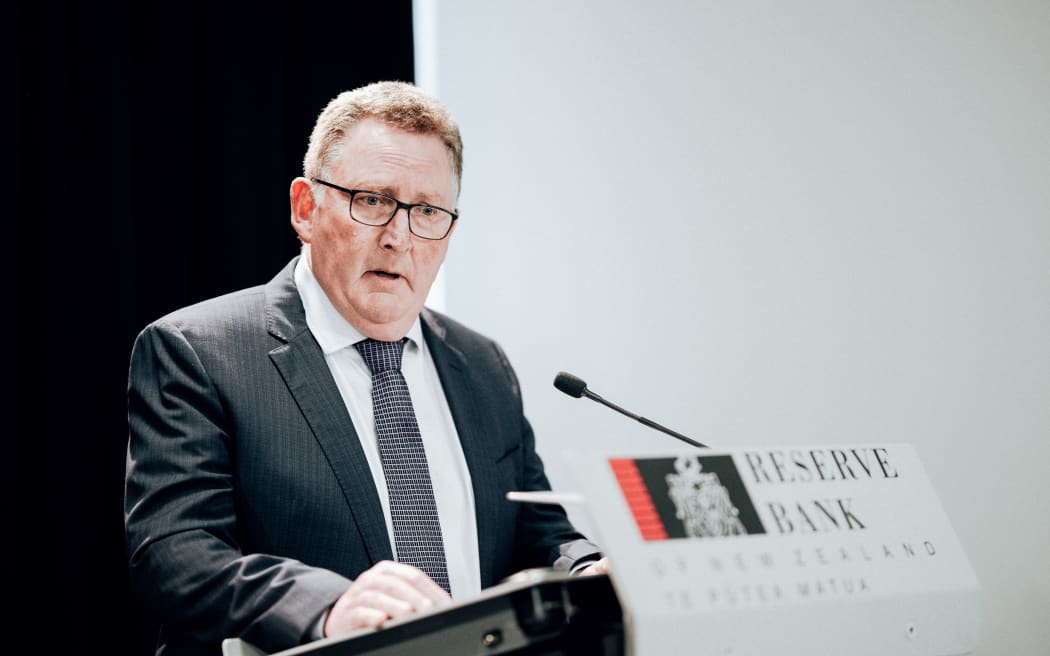What about the monetary policy targets of some central banks?
Up until 2021, advanced-country central banks found it too easy to achieve their 2% inflation targets. Now they find it too hard. Instead, achieving a full employment target is proving far too simple for those who do it.

Most central banks target inflation, but some target full-employment as well, like the Federal Reserve and the Reserve Bank of New Zealand (RBNZ).
>> Interest rate outlook for 2023
Most central banks target inflation, but some target full-employment as well, like the Federal Reserve and the Reserve Bank of New Zealand (RBNZ). We mention this because it is possible that if the opposition National Party wins the election in October 2023, it may make the RBNZ drop its employment goal, suggesting perhaps, that all is not well with the dual target approach.
Mr. Steve Barrow, Head of Standard Bank G10 Strategy, thinks there are problems, and these can perhaps be best seen in the US. The Federal Reserve has been able to achieve its target for inflation since its inception in the mid-1990s right up to 2021. Other advanced-country central banks have also been able to achieve their targets, which are mostly set at 2%. In fact, meeting the target has been so simple that many central banks have had more difficulty getting inflation to the 2% target than bringing it down to this level - at least until 2021.Such was the problem that the Fed altered its monetary policy strategy so that it now targets "average" inflation and "inclusive" full employment.
Many central banks seemed to think that their success in hitting their inflation targets was largely down to their own credibility, as reflected in the fact that longer-term inflation expectations rarely moved too far from 2% even as actual inflation rose and fell. But Mr. Steve Barrow doesn’t think that’s true. Instead, central banks were just lucky because global demographics and globalization, particularly China’s rapid growth, allowed such a surge in the supply of goods and services that it was almost impossible for inflation to take off.
"We saw that most clearly as zero, or near-zero, policy rates, alongside huge quantitative easing, failed to lift inflation– again until 2021. The advent of high inflation in recent years reflects the fact that these positive supply shocks from globalization and demographics went into reverse. "Trade wars, the pandemic, and Russia's incursion into Ukraine all resulted in quick-fire inflationary pressures on top of longer-term factors such as aging populations," Mr. Steve Barrow explained.
So now the problem is getting inflation back down to target in light of these impediments. The flip side is that achieving inflation targets might be harder, but hitting full employment targets just got a lot easier, for the very same reasons. The Federal Reserve’s problem is that unemployment is too low (and inflation is too high, of course). And while the Reserve Bank of NZ does not couch its maximum employment goal as a particular unemployment rate, it is very hard to argue that the current rate of just 3.3% is inconsistent with the idea that the economy is already far past full employment.
>> Interest rates in 2023 still difficult to go against the world trend
In fact, the opposition National Party thinks that the full employment goal has made the Reserve Bank take its eye off the inflation ball and wants to scrap the employment goal that was only introduced in 2018. The difficulty for central banks with dual goals is that the inflation and employment goals are inconsistent when unemployment is far below the full employment rate, as it is now in the US for instance. This is because over-full employment puts pressure on wages and hence inflation. Hence, trying to achieve the full employment goal can compromise the inflation goal – if inflation is too high – as it is right now.
On the contrary, when inflation is too low, the central bank lowers rates and tries to run the economy faster, which is consistent with achieving the full employment goal – if the unemployment rate starts out above the full employment rate. In the end, the Fed’s answer to the low-inflation problem prior to 2021 was to push the full employment goal on to become one of inclusivity, which, almost necessarily, implies running unemployment below the full employment rate. If now, unemployment remains too low and the Fed adjusts the inflation target, it would imply accepting a higher target than 2%, or at least accepting a higher inflation rate, if moving the target is deemed politically dangerous.








